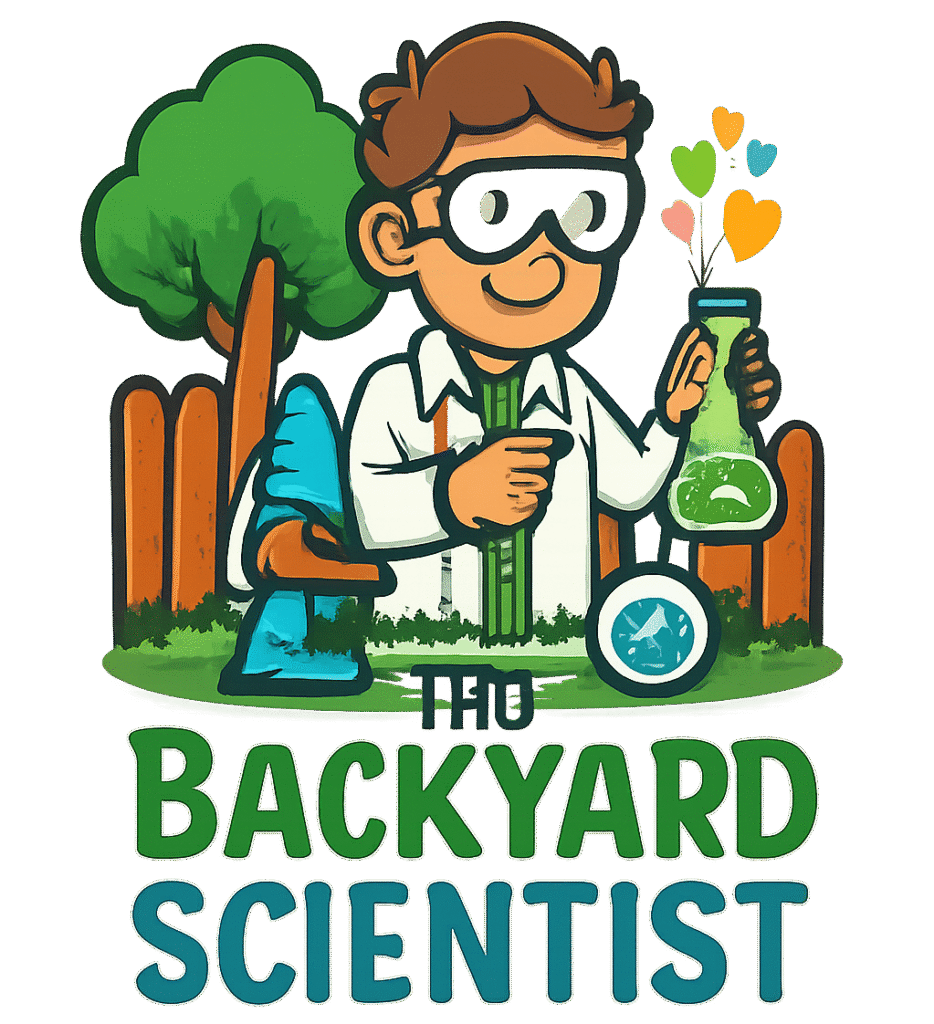Are you ready to test your engineering skills and unleash your creativity? The Paper Bridge Challenge is a fun and educational activity that lets you explore the principles of structural strength and design using nothing but paper and a few everyday materials. Whether you’re a student, a teacher, or just someone curious about science and engineering, this challenge is an excellent way to learn about the fundamentals of bridge construction and the physics behind it. In this blog post, we’ll delve into the details of the Paper Bridge Challenge, its history, the science behind it, and how you can participate and improve your skills.
What is the Paper Bridge Challenge?
The Paper Bridge Challenge is a hands-on engineering activity where participants are tasked with building a bridge using a set amount of paper (often just one sheet of A4 paper) and a limited number of fasteners like glue, tape, or staples. The goal is to create a structure that can hold as much weight as possible without collapsing. The challenge is popular in classrooms, science fairs, and even among engineering enthusiasts who want to test their creative problem-solving abilities.
This challenge is not just about building a bridge; it’s about understanding the principles of structural integrity, load distribution, and the relationship between form and function. It’s a great way to introduce people, especially students, to the world of engineering and architecture in an engaging and interactive way.
The History of the Paper Bridge Challenge
The origins of the Paper Bridge Challenge are unclear, but it is widely believed to have started as a classroom activity to teach basic engineering concepts. Over time, it has evolved into a popular project that is used in schools, colleges, and even in corporate team-building exercises. The challenge has also gained a following online, with many people sharing their designs and results on social media and YouTube.
The challenge has also been adapted into various forms, with some versions allowing the use of additional materials like straws, popsicle sticks, or even 3D printing. However, the core idea remains the same: to build the strongest possible bridge using a limited set of materials.
Materials Needed for the Paper Bridge Challenge
The beauty of the Paper Bridge Challenge lies in its simplicity. You don’t need expensive or complicated materials to get started. Here’s a list of what you’ll typically need:
- Paper: Typically, one sheet of A4 paper is used, but you can also use newspaper, cardboard, or any other type of paper you have available.
- Fasteners: Depending on the rules, you might be allowed to use glue, tape, or staples to hold your bridge together.
- Weights: To test the strength of your bridge, you’ll need something to place on it. Coins, small weights, water, or even books can be used.
- Measuring Tools: A ruler or measuring tape will help you measure the length and height of your bridge.
- Scissors or Craft Knife: To cut your paper into the desired shape.
- Surface: A flat surface to build and test your bridge on.
Some variations of the challenge may allow additional materials, so be sure to check the specific rules before you start.
Step-by-Step Guide to the Paper Bridge Challenge
- Plan Your Design: Before you start cutting and gluing, take some time to plan your bridge design. Think about the shape, the number of arches, and how you’ll distribute the weight. Sketch your design on paper to visualize it better.
- Choose Your Materials: Select the type of paper you’ll use. Thicker paper like cardboard or watercolor paper is generally stronger, but regular printer paper can also work well if designed properly.
- Cut Out YourBridge Pieces: Use scissors or a craft knife to cut out the pieces according to your design. Be careful with your cuts, as jagged edges can weaken the structure.
- Assemble Your Bridge: Use glue, tape, or staples to put your bridge together. Make sure the joints are strong and can support the weight. Let the glue dry completely before testing.
- Test Your Bridge: Place your bridge between two supports (like two chairs or tables) and gradually add weights to the center. Record how much weight it holds before collapsing.
- Analyze and Improve: If your bridge collapses, don’t be discouraged. Analyze what went wrong and think about how you can improve your design. Try different shapes, add more supports, or experiment with different folding techniques.
The Science Behind the Paper Bridge Challenge
Understanding the science behind the Paper Bridge Challenge can help you build a stronger and more efficient structure. Here are some key concepts to keep in mind:
- Tension and Compression: Bridges are subject to two main types of forces: tension and compression. Tension occurs when forces pull on the structure, while compression happens when forces squeeze it. A good bridge design balances these forces effectively.
- Load Distribution: The weight placed on the bridge should be evenly distributed to avoid weak points. This is why arches and triangles are commonly used in bridge designs—they distribute weight more efficiently.
- Structural Integrity: The strength of your bridge depends on the integrity of its structure. This includes the materials used, the design, and how well the pieces are connected.
- Center of Gravity: The center of gravity is the point where the weight of the bridge and the load are balanced. A lower center of gravity makes the structure more stable and less likely to tip over.
- Material Properties: Different materials have different properties that affect their strength and durability. For example, paper that is folded or layered can be much stronger than a single sheet.
By understanding these principles, you can create a more robust and efficient bridge design.
Tips for Building a Stronger Paper Bridge
- Use Triangles: Triangles are one of the strongest shapes in engineering because they distribute stress evenly. Incorporate triangular shapes into your design to add strength.
- Fold for Strength: Folding the paper into layers or accordion-style can significantly increase its strength. This is because folding creates multiple layers that work together to support weight.
- Add Supports: Additional supports like beams or columns can help distribute the weight more evenly and prevent the bridge from bending or sagging.
- Symmetry: A symmetrical design is more stable and less likely to collapse. Make sure your bridge is balanced on both sides.
- Minimize Gaps: Gaps in the structure can create weak points. Try to overlap pieces wherever possible to create a solid joint.
- Test Incrementally: Don’t overload your bridge all at once. Start with small weights and gradually increase the load to see how it holds up.
- Learn from Failure: If your bridge collapses, use it as an opportunity to learn. Analyze the failure points and adjust your design accordingly.
Common Mistakes to Avoid
- Rushing the Design: One of the most common mistakes is rushing through the design phase. Take the time to plan and sketch out your ideas before you start building.
- Ignoring the Center of Gravity: Make sure your bridge is balanced and the weight is evenly distributed. A bridge that is too heavy on one side is more likely to tip over.
- Using Too Much Glue: While glue is essential for holding the bridge together, using too much can add unnecessary weight and weaken the structure.
- Not Testing Small Loads First: Testing with small loads first can help you identify potential weaknesses before they become major issues.
- Overcomplicating the Design: Sometimes, simplicity is the best approach. Overcomplicating the design can lead to a weaker structure.
Conclusion
The Paper Bridge Challenge is a fun and educational activity that can help you develop essential engineering and problem-solving skills. By understanding the principles of structural strength and design, you can create a paper bridge that is both functional and efficient. Whether you’re building it for a classroom project, a science fair, or just for fun, the Paper Bridge Challenge is a great way to learn about engineering and architecture in an engaging and hands-on way.
So, grab some paper, get creative, and see how strong your bridge can be! Who knows, you might just discover a passion for engineering and design in the process.



